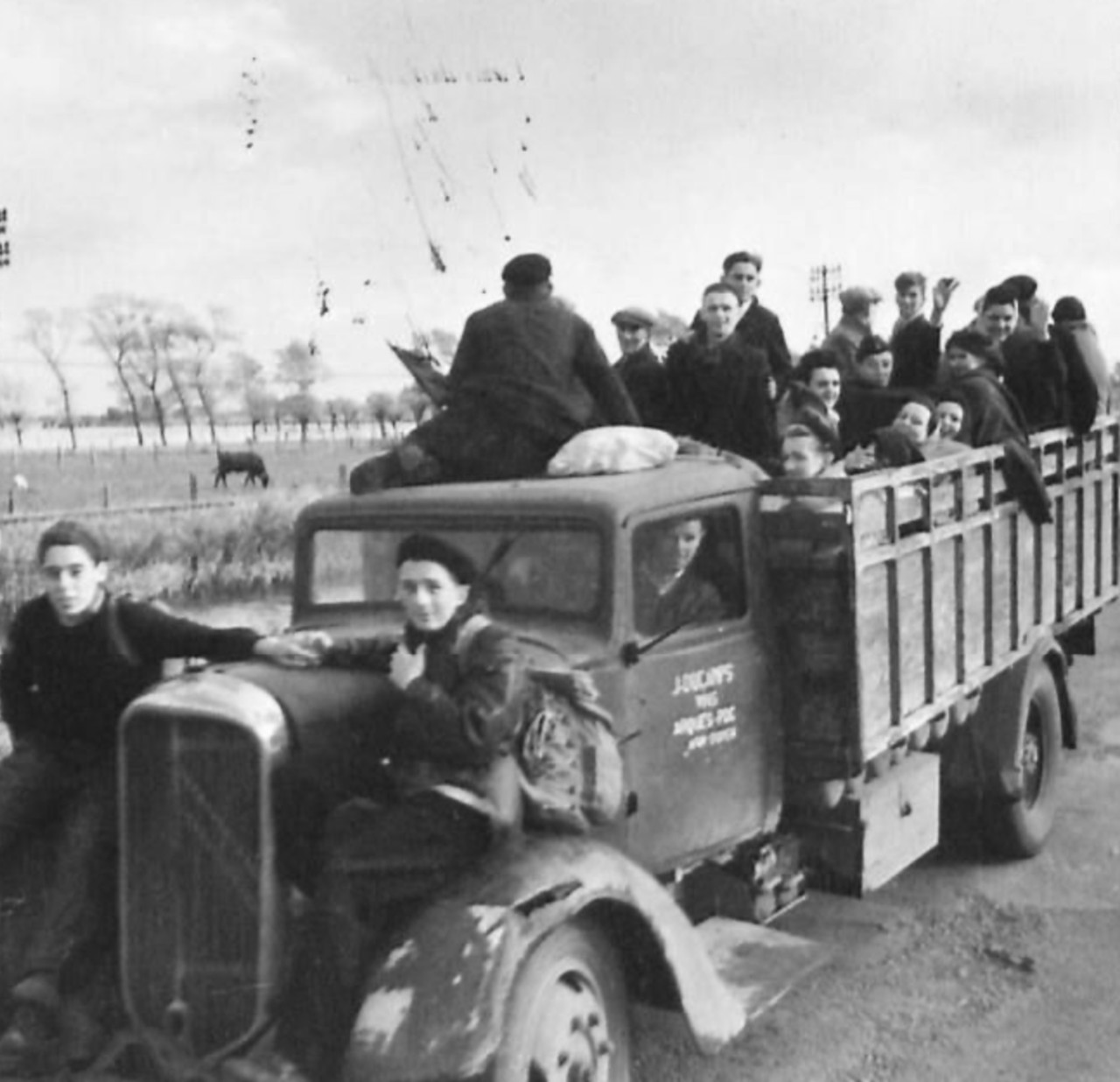The withdrawing German forces heading eastwards and back towards Germany were in a state of disarray. On 4 September 1944, Hitler had ordered for port areas to become ‘Festung’ fortresses. The strategic advantage of controlling the ports for supplies was understood. In denying these to the Allies they would cause logistical challenges. The German units that were tasked with creating these ‘festungs’ in the port area were of mixed capability. Many were men of low-grade training and conducted static defensive duties. These also included Kreigsmarine (German Navy) personnel who were stationed in the area.
By early September Canadian Divisions had crossed the River Seine in the area of Elbuf and advanced northwest. They were tasked to clear the remaining German forces from the areas and specifically to capture ports. Key ports along the French coast included Dieppe, Boulogne, Calais and Dunkirk. The latter two being the final tour ports before moving into Belgium.
Following the liberation of Boulogne on 22 September 1944, the Canadian 3rd Infantry Division continued to pressure the German forces along the coast and at ‘Festung’ Calais. Like Boulogne, the German defences lay to the east, south and west of the town. Further to the west on the approaches were more German strongpoints, including Cap Gris-Nez.
The Canadian plan was to replicate Operation Wellhit, with infantry advancing into the town following a pre-bombardment. This was be done with the support of the British 79th Armoured Division, which included Churchill Crocodiles, the flame throwing tanks. The Canadian 7th and 8th Infantry Brigades were to advance for Calais whilst the 9th Infantry Brigade, in a sub-operation, was to capture the German defences at Cap Gris-Nez.
On 25 September the 7th and 8th Infantry Brigades moved for Calais. The terrain and German opposition made it a challenge for the Canadian forces to get into Calais. On 28 September they were on the western outskirts of the town. A truce was called on 29 September which allowed for over 20,000 civilians to be evacuated to safety. The next day the Canadian forces attacked immediately at the end of the cease fire and by the end of 30 September, Calais was liberated. On 26 and 28 September, the RAF (British Royal Air Force) attacked the German positions around Cap Gris-Nez. On 29 September the 9th Infantry Brigade attacked and captured the position. They were supported by the large guns ‘Winnie’ and ‘Pooh’ that were positioned at Dover, England. By 30 September, Canadian forces had secured the town and port. However, the port facilities had been damaged to the point that they were not usable until November 1944.
